Weeknotes 22/01/2024
New year, new blog!
We are back and we’ve hit the ground running this year, with a new blog post about working in the open to showcase our projects.
Countdown to go live
It’s the final week before Laura, Sam and Lucinda publish their ‘one way in’ approach to the apply to use land we manage service.
This has involved:
- getting all the content loaded on the Content Management System
- checking everything is consistent
- bringing wonderful translator Manon in to help with designing the Welsh content
- testing every link
- 2,3,4i-ing the content
- endless tea and toast
Next Tuesday is the big day. Which, purely by coincidence, is also National Plan for a Vacation day… just pointing that out.
As well as the above, our check if you are allowed to use the land we manage service got an update!
More activities have been added including geocaching, scattering ashes and planting a memorial tree.
The evidence that informed these changes include:
- user enquiries to our call centre
- website search terms
- what users put into the services ‘Something else’ option
If a user wants to do something not included in the service, they can give us instant feedback on what they were looking for. They can do this by choosing the ‘Something else’ option to the question ‘What do you want to do?’ and letting us know what was missing. This has proved really handy during our review.
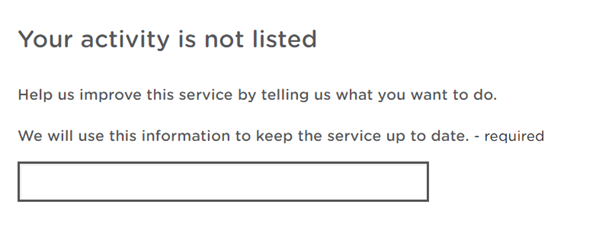
An improved content request form to simplify requests…
No one likes a long and complicated form to fill in when requesting support from the Digital team.
We listened to feedback and rebuilt our online form to make requesting priority updates to the website even easier than ever before.
Currently, we’re struggling with regular requests with vague deadlines, or missing key information - which often means we need to set up tasks for us to find out more information.
It can be very stressful for our team to try and manage the various requests from across the organisation, so our hope is that requests for design and publishing will come to us with more detail to help us plan and prioritise our work.
Some things to note:
-
Double check all the information you put in your content request form is correct. If you need to update the information within your content request at a later date, we will have to move it to the back of our work queue to be picked up again once time allows.
-
If you would like an existing webpage to be updated, the quickest and simplest way to communicate these changes with our team (and allow us to get this content translated), is to copy the existing content into a Word document and make the updates in tracked changes. This allows us to understand your request at a glance and action the updates as efficiently as possible.
-
If you would like a link or document updated on the Intranet, please remember to upload the new content into a shared area of your DMS and supply us with the necessary links to the English and Welsh content. This ensures we have everything we need to complete your request, and don’t waste your time (or our own!) with emails back and forth to confirm where new links should go etc.
We’ll be doing some more testing, then we are planning some internal communications to help our colleagues and our team with the updated process.
Good feedback about our ‘Report an incident’ form
We received some positive feedback from Hotjar about our ‘Report an incident’ form:
“I really wish I had reported sooner, I did not realise how straight forward your form is and easy to fill in and thank you for letting me upload photos so easily too.”
We’ve been encouraging teams within the organisation to consider who their user is and ensure that the content they are creating meets the needs of their audience.
Refreshing our diversity and inclusion knowledge
We Are Purple produced this helpful infographic using data from the last Census to demonstrate the UK through a ‘lens’ of diversity and inclusion statistics and in some way, we are all represented here and are in more than one “box”.
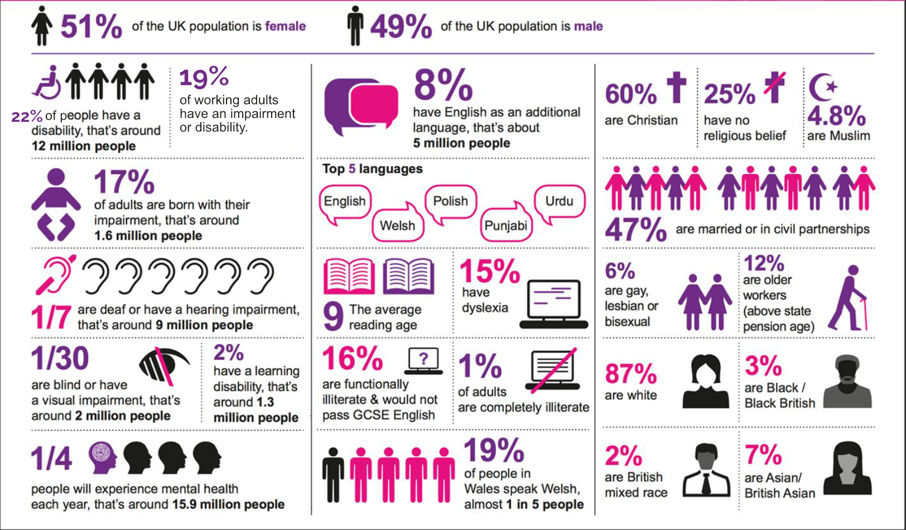
People interact with content in a variety of different ways. Whether they use a keyboard instead of a mouse, use a screen reader to ‘read’ (speak) content out loud, use a screen magnifier to enlarge part or all of a screen or use voice commands to navigate a website, the accommodations they have in place will change the way they interact with your content.
We need to keep this in mind when we are communicating with different people. Some tips for better content include:
- Design to avoid stress
Consider the user (or audience) of your content from the very beginning of your journey. Many of us have busy lives and lots of competing priorities, so writing content that is clear and easy to understand, which avoids complex jargon and terminology, is more important than ever.
- Keep your report as simple as possible. People often try to put too much into a single visual.
You might think that adding more visual elements to a report will make it easier to comprehend. But really, summarising what you’re trying to communicate in simple and clear language is the best way to make your content more accessible to users.
- Keep the number of visuals on a page to a minimum, and add alt text to every object that conveys meaningful information on a report.
Providing alt text ensures that consumers of your report understand what you are trying to communicate with a visual, even if they cannot see the visual, image, shape, or textbox. Lots of people use screen readers in a permanent or temporary capacity, sometimes due to disability, illness or recovery from an operation. Don’t cut corners when it comes to writing alt-text, ensure you summarise any information your graphic is communicating in 16 words or less. If you can’t do that, perhaps the information would be better suited as webpage copy instead of an image.
- Try to avoid unnecessary redundancy and page clutter.
Overwhelming blocks of text can be off putting to even the most diligent reader. Use tools like Hemingway to review your writing and see where you can improve. Cluttering a page makes it confusing to all users, regardless of whether they have additional accessibility requirements.
- Do not rely on colour to communicate messages - Approximately 4.5% of UK population are colour blind, and users with visual impairments cannot perceive colour or may perceive colours differently.
Avoid using colour alone to convey meaning, and if you are including colour in your report, be sure to include a key to accurately communicate what each colour means.
UKGovCamp - brief reflections
Last weekend, Heledd went to her first [UKGovCampXL]](https://medium.com/oneteamgov/how-were-pitching-at-one-team-gov-global-dc7908ac5040). It was a great experience - a chance to meet a lot of people she’s connected with or followed online for years - plus some lovely familiar faces!
The unconference agenda-forming process was great - everyone (around 400 people) wrote something on a card. Cards were shuffled, then discussed and voted on in pairs (and shuffled some more).
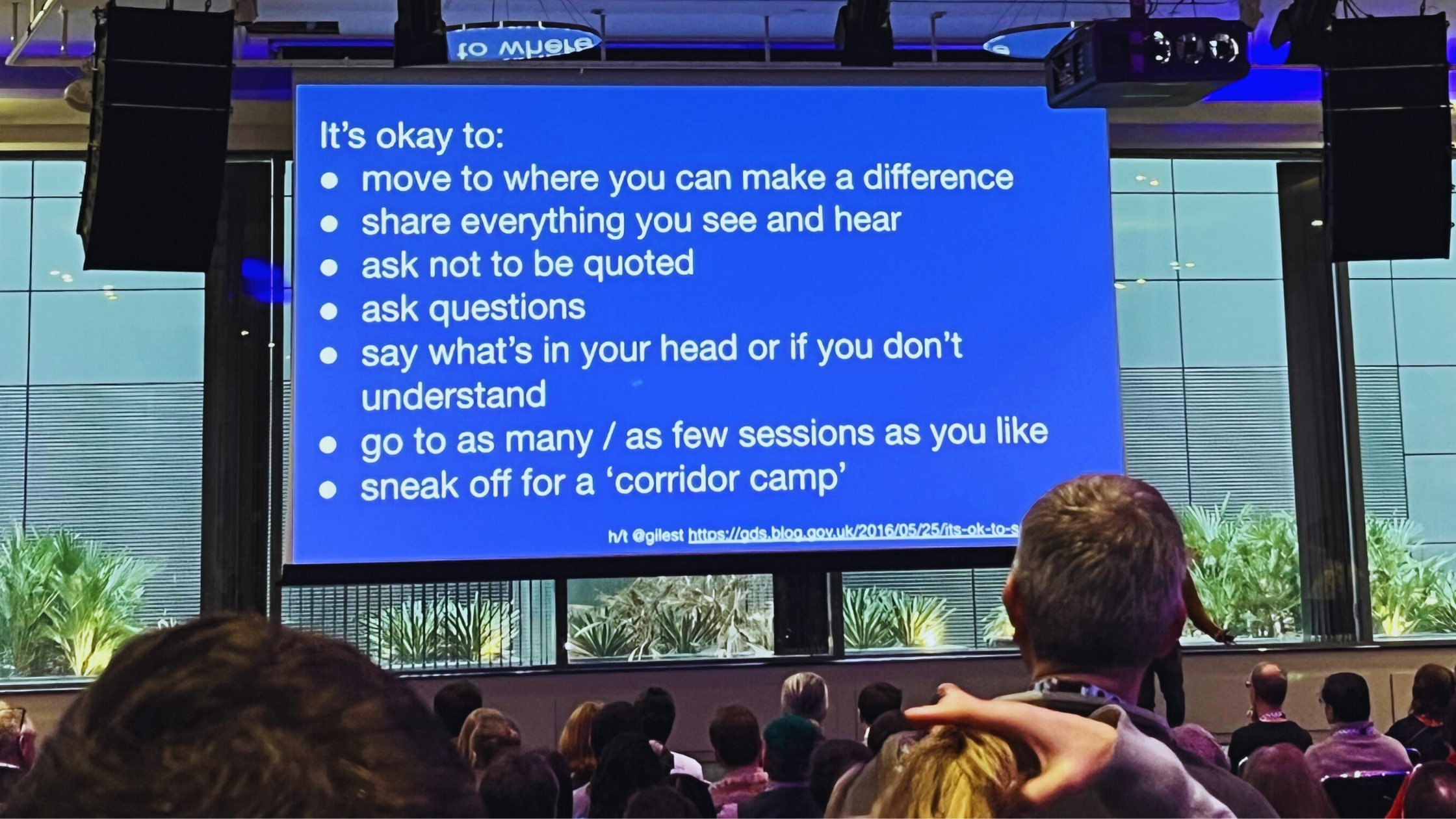
The Sessions Heledd joined were:
What are the top 10 things (local) gov needs to know about AI? How can we figure out what we don’t know (but need to know) when working in large organisations? How do we stop having the same struggles over and over with content?
You can browse the agenda items and read the notes from the sessions, such as this familiar sounding challenge: How do we stop having the same struggles over and over with content?
Some of the best discussions of the day were in chats in the corridor - it’s amazing to spend a day (and evening over drinks and pizza), with so many people passionate about digital (and data and technology).
She also managed to talk a bit about Wales - in terms of digital maturity, and also share some of the things covered in a personal reflection on the evolution of bilingual design.
The reason Heledd enjoys networking in these events is that it’s weirdly reassuring/energising and sometimes depressing to connect with people who are struggling with the same challenges.
The added benefit of the UKGovCamp was hearing from those that work in more digitally mature organisations than ours - and understanding more about the reality and challenges that almost everyone is facing. A tribe.
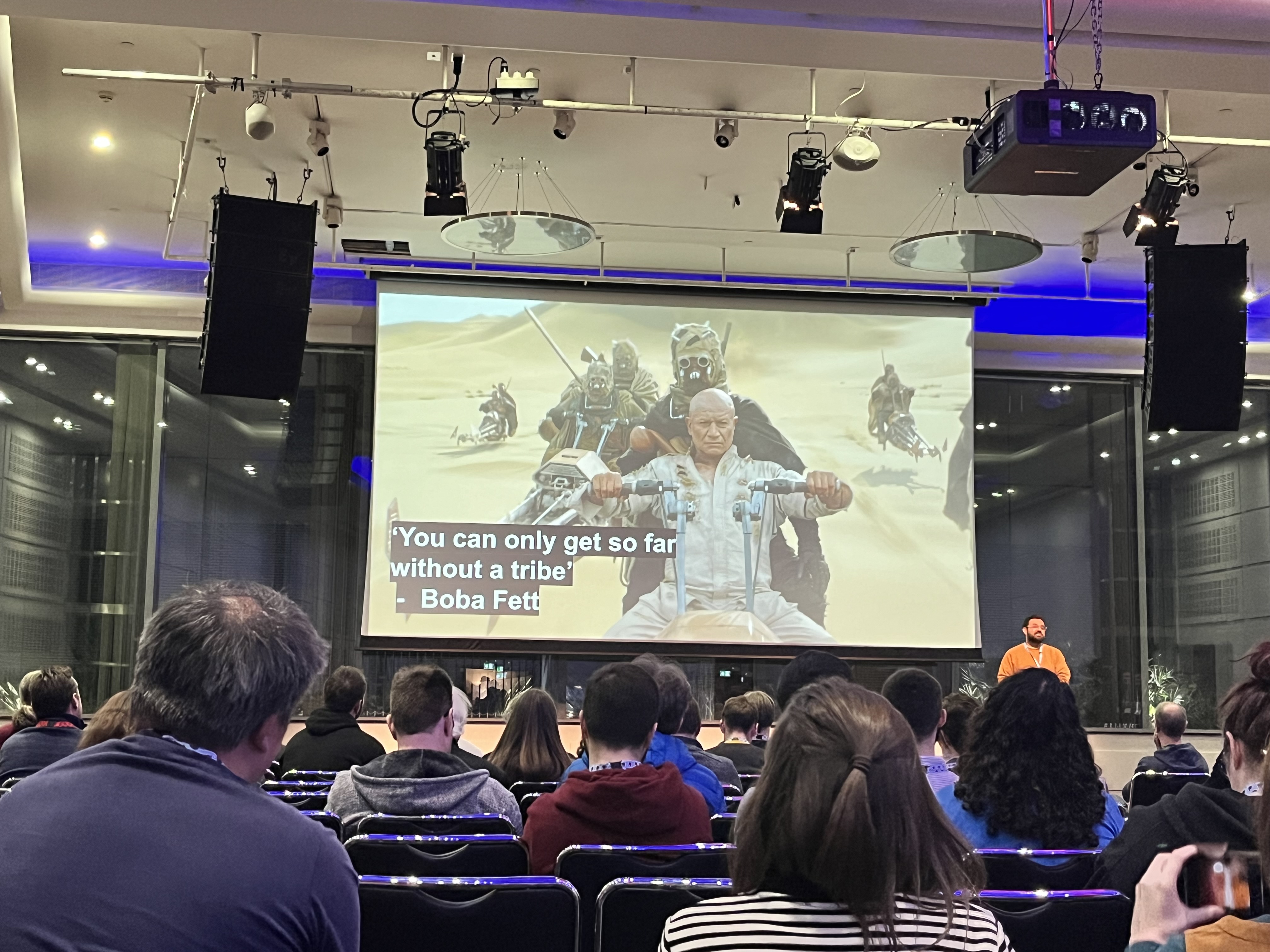
Other stuff we’ve been working on:
- Toyah’s gotten to grips with her new role quickly, even completing her first task on the intranet! She’s also been a great support in testing the new content request form and have started doing some 2i for Phil around his felling licence work.
- Sophie’s been working through a flurry of requests that came in over Christmas and working to move urgent requests forward
- Lucinda is getting started on the FWIS (Flood Warning Information Service) project. She and Heledd will be meeting the BJSS and NRW product team face to face in Cardiff next week.
- James and Sophie have been working on a presentation they plan to present to the Welsh Government, so stay tuned for highlights from that!
- Heledd joined a very interesting presentation by Chris Owen and Ian Vaughan of Neath Port Talbot Council to hear about their journey to setting up a Digital, Data and Technology function.
Ending the week with some wisdom from Grand Master Oogway…
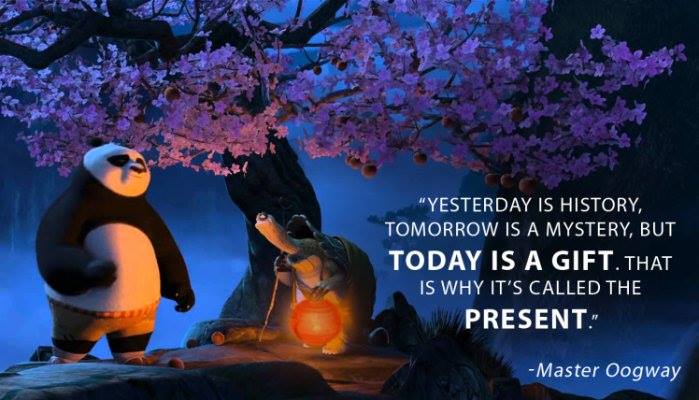
You can watch the full clip on YouTube. Happy Friday! Wishing you all a lovely weekend.